Hello everyone! Some of you may already know me from my first introduction on our Instagram @studyatuu (Do follow us~) let me re-introduce myself. I’m Yasmin from Indonesia. As you can see from this blog title itself, if you happen to be a Muslim and a new student in Uppsala like me, then this blog would be very useful for you to know the basics. Even if you are not any of them, some information I share here might be interesting to know as well. It may be very personal but it is important to address.
I have been living most of my life in Indonesia, the biggest Muslim-populated country in the world. That being said, getting access to halal groceries, Mosque, and religious activities is very easy and natural anywhere. This is not the case now that I moved to study abroad in Sweden as a minority. A Muslim student. But worry not, Sweden takes pride in equality and tolerance in all aspects including religion. It provides a lot of freedom for anyone to practice any religion. I also feel fortunate that I have been in touch and guided by fellow Muslim community who have already been in Uppsala months before my arrival. But then I realized that it may not be the case for everyone especially when they just arriving as new students with little information regarding this matter. So here are the basic things for Muslim students in Uppsala that you have to know~!
Halal Food
The first thing you do after settling down your housing would be grocery shopping. I remember the first day I went to Willy’s and ICA (Sweden’s supermarket chain) to do monthly shopping just to realize that there weren’t many certified halal products. Worry not, at least Willys and ICA do have halal frozen chicken and meat (for example ICA Basic chicken and Willy’s Eldorado Chicken). However, you are less likely to see any special halal section in the major groceries. Therefore, you really need to check the packaging to make sure of the ingredients, and Halal logo for meat products. For things other than meat products expect that you would likely find it in the Asian section. But the selection is quite limited. There was a thought of being vegetarian and buying vegetarian products only. This is not bad actually, since Sweden’s supermarket has enormous vegan product options. However, I was not prepared to commit to being a vegetarian myself. But then again, I believe in my belief that as long as the product doesn’t contain any substance I should not consume then It’s fine. In most cases, you can check out the product ingredients in English. In case it’s in Swedish you can always ask the grocery staff, they are friendly and helpful as most Swedish do speak English very well. But in case you don’t want to bother them, I recommend using “Google Lens” on your phone to translate everything faster. Aside from groceries, there are also some halal restaurants (Usually kebab & falafel dishes) even halal Asian buffet restaurant chains in the city such as “Pong”. The campus cafeteria also has lots of options to choose mostly in buffet settings and vegan options. Don’t be afraid to ask the staff anyway.
In addition, here are some Swedish words that you may want to memorize:
- Fläskfilé: Pork Tenderloin
- Tjocka revben: Baby Back Rib, Back Ribs, Pork Loin Back Ribs
- Kotlettrad: Pork Loin
- Kotlett i bit: Loin Roast
- Fläskkotlett: Pork Loin Chop
- Sida: Pork Belly
- Skinka: Ham
- Tunna revben: Spare Ribs
- lard: ister
- Vin: Wine
- Öl: Beer
- Liquor: Sprit
Halal groceries
If you feel more comfortable buying halal products or specific types of meat, there are two major halal-curated groceries in Uppsala: “MultiMat” and “Uppsala Orienthus”. Multimat is located in the Stenhagen area which is closer to those who live in Flogsta student housing. Meanwhile, Orienthus is closer to the Kantorsgatan student housing area. Both stores have an extensive selection of imported Middle Eastern and Asian halal products. They also have fresh vegetables, fruits, and an in-person butcher at the service. I have explored both groceries and I would say in terms of price it’s pretty similar, but Orienthus has more fresh and frozen product selection. Many Asian stores around the city also have a selection of halal products like ramen, sauce, and instant spices. However, expect everything to be more expensive in general than the other well-known supermarket chains in Sweden.
Multimat
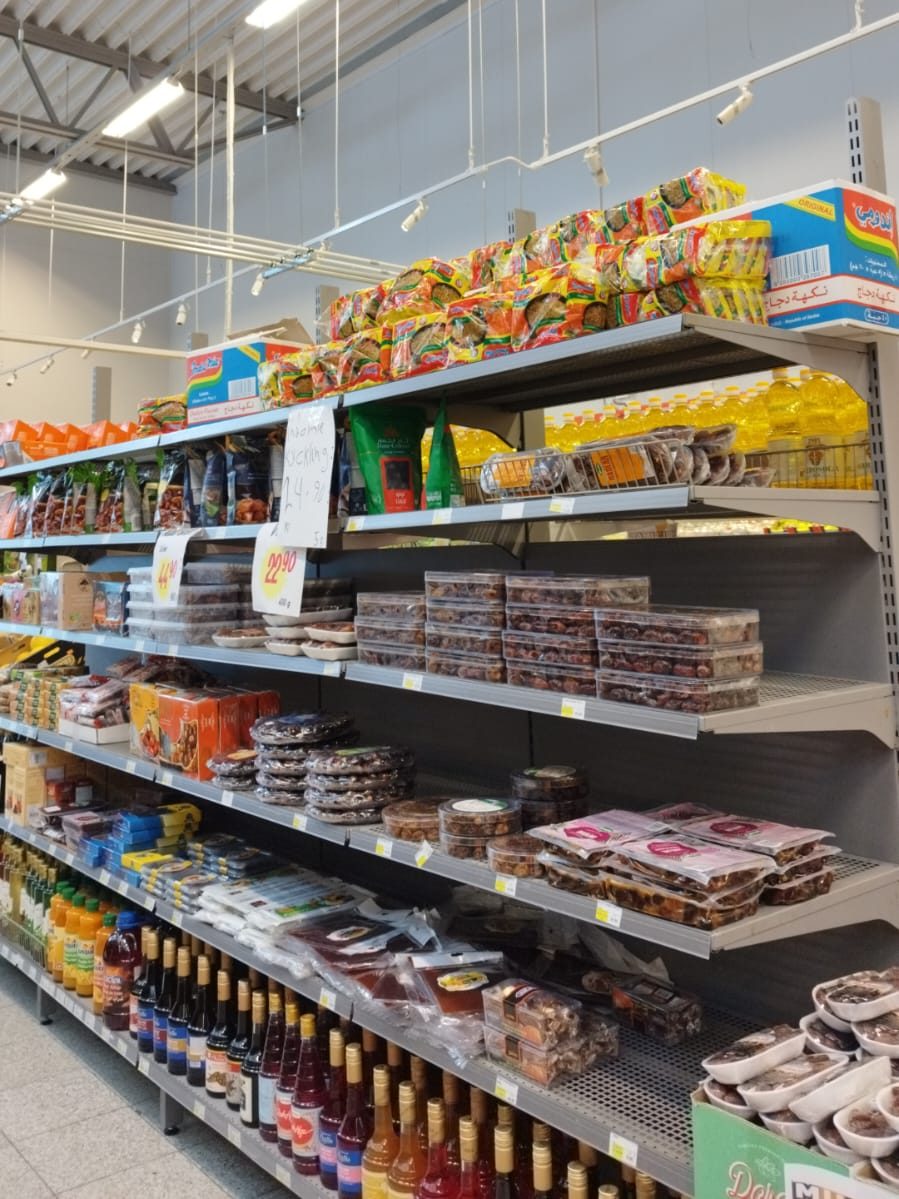
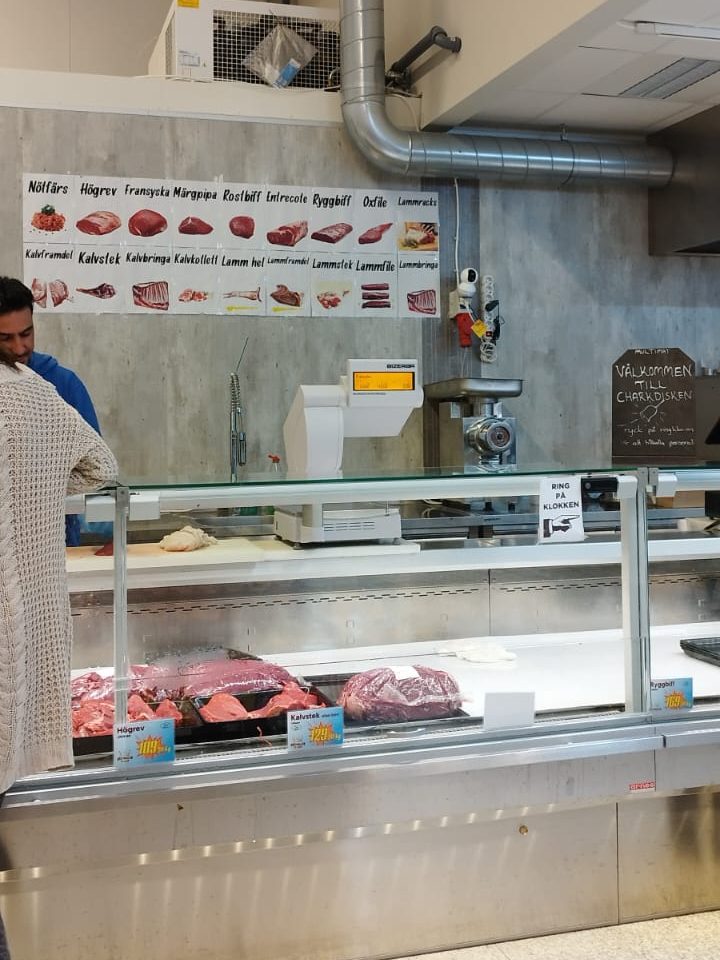
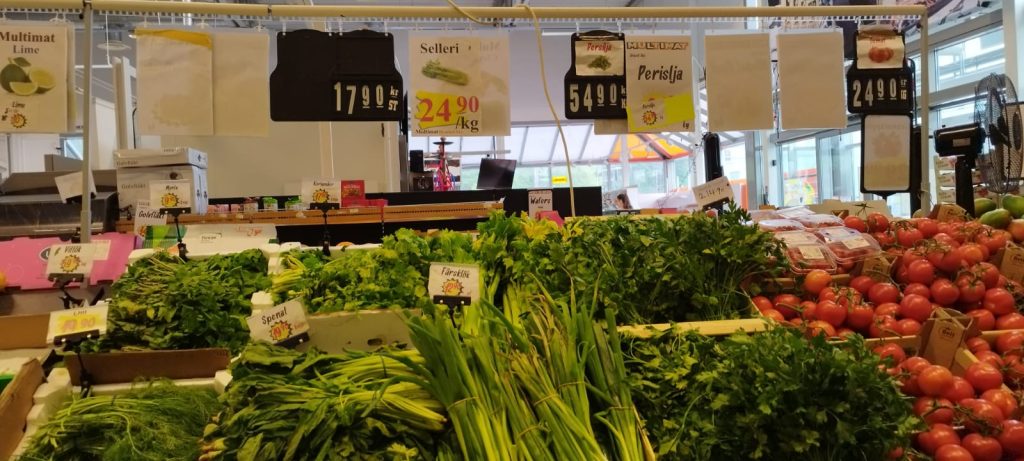
Orienthus
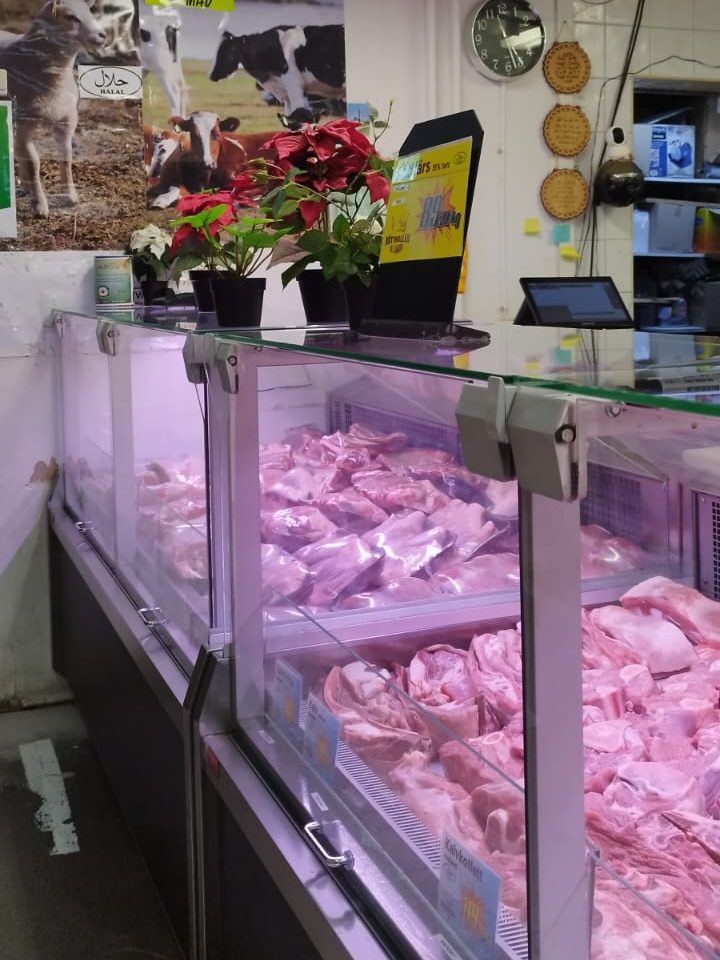
Prayer time
For most time of my life in Indonesia, the average praying time has never changed drastically since Indonesia is near the Earth’s equator. This is not the case in Sweden being so north on the globe when daylight saving time can change drastically within days resulting in the changing of prayer times. Take note that It could change very quickly within a month. During winter time, prayer times are much tighter from one prayer to another. Make sure to plan ahead in case you have classes and activities in between praying times. Tips from me, make sure to install a prayer time application (Example: MuslimPro), turn on the notification on your phone, and set the timing to “Uppsala Islamiska Förbundet” (meaning: Uppsala Islamic Federation).
Exiting or skipping a class due to religious purposes is also widely accepted as you can always inform your lecturer beforehand for permission. In my personal experience, sometimes I do need to excuse myself to my groupmates for a praying break in between group discussions and anyone would be fine with it.
Prayer place
Uppsala has only 1 major mosque in the city located a bit north around the Kantorsgatan area. Which is quite far from most of Uppsala University buildings. The Friday prayer is often not delivered in English. But generally speaking, there are actually many Muslims around Uppsala other than the International Students that you might encounter around the city.
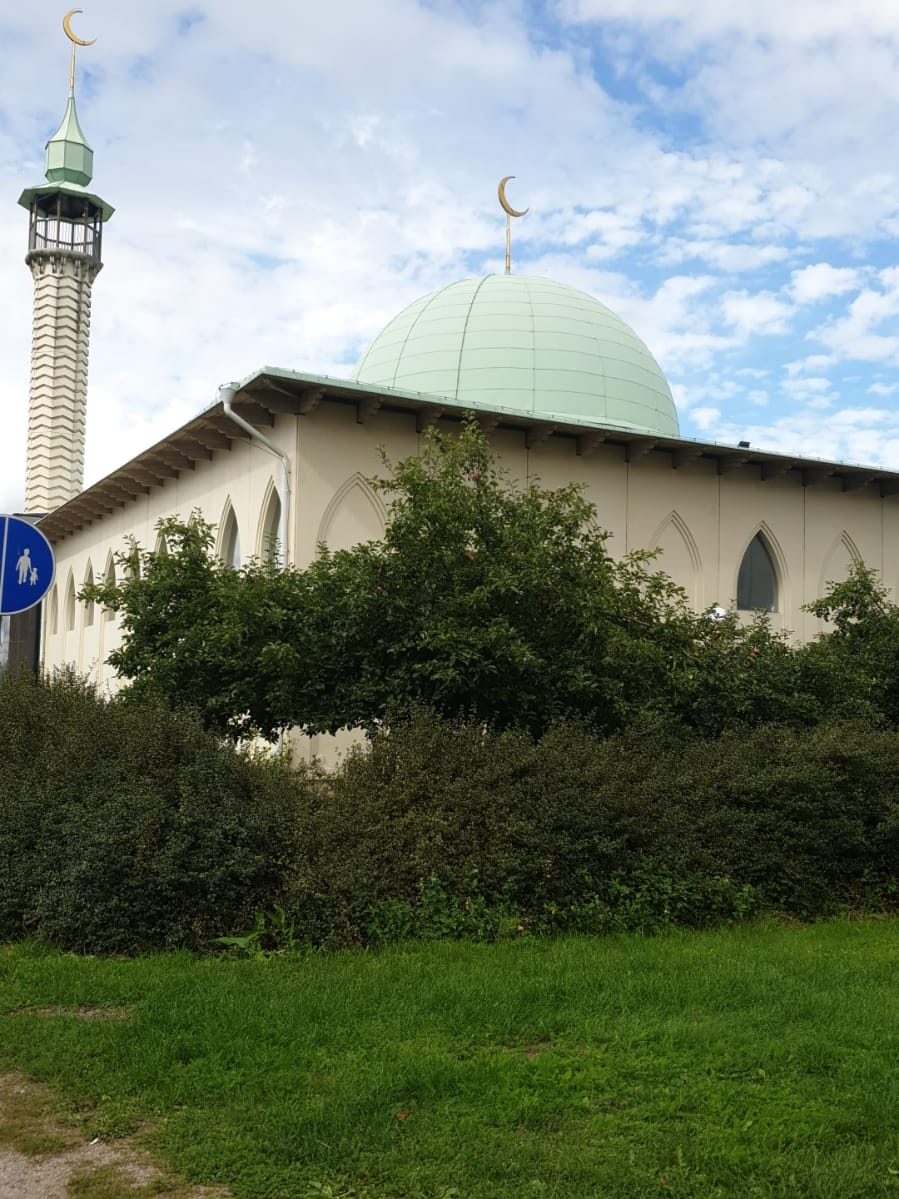
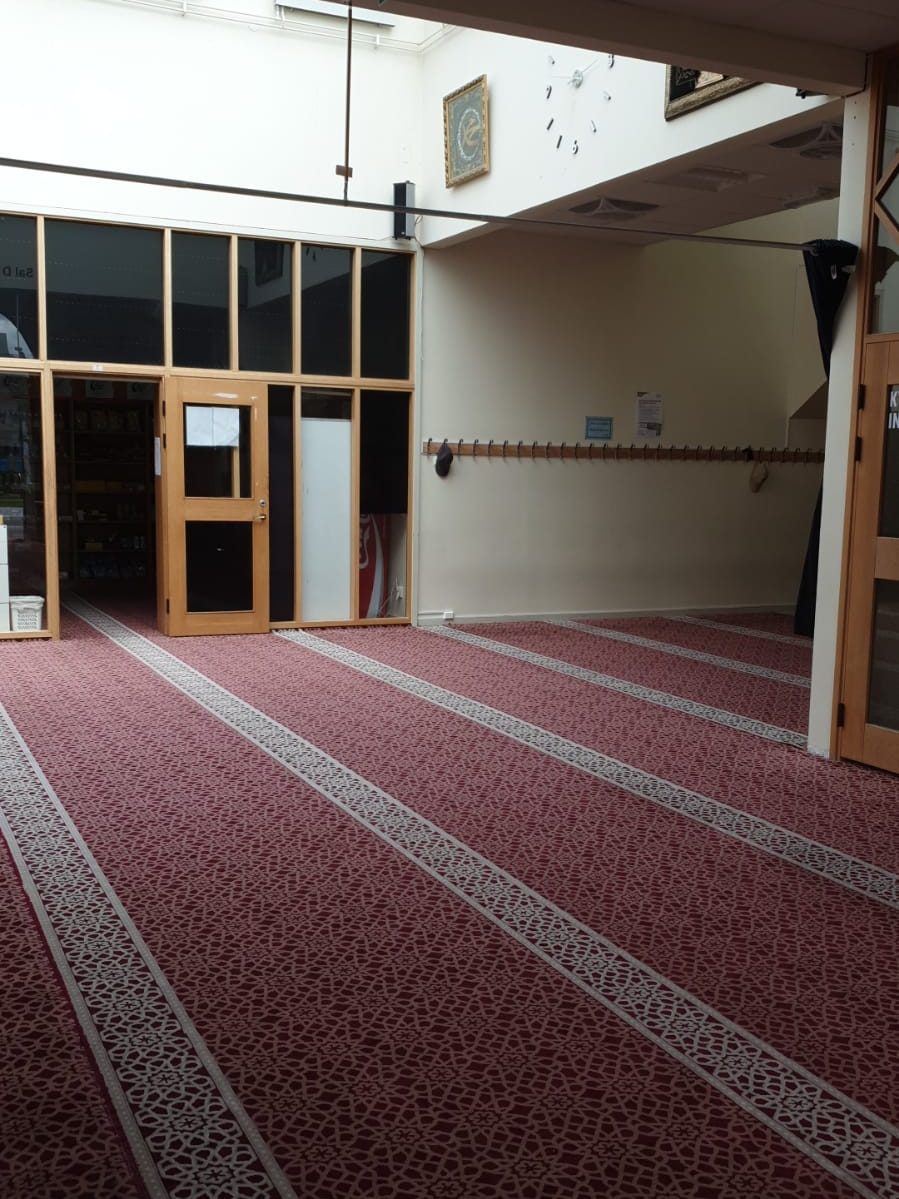
However, It would be quite inconvenient to go back and forth there every praying time especially when you are in between classes, hanging out, or simply far from your housing. Thankfully, most of the university buildings are open every weekend until 10 PM and some of them are open even on the weekend (Example: Ångström building). Just remember to bring your student card in case you plan to visit at night or on the weekend to gain access. The reason is that you may find some pleasant spot to do your prayer inside the university building. Although there isn’t any specific “Praying Room” for Muslims, most buildings have a common quiet empty room usually hidden in corners in the basement first-floor area that can be used to pray by any religion. Be aware that some might have opening hours. Here are some words you may want to look for in the building map:
- Bönerum = Prayer room
- Andrum = Breathing space
- Vilrum = Resting room
- Stilrum = Still room
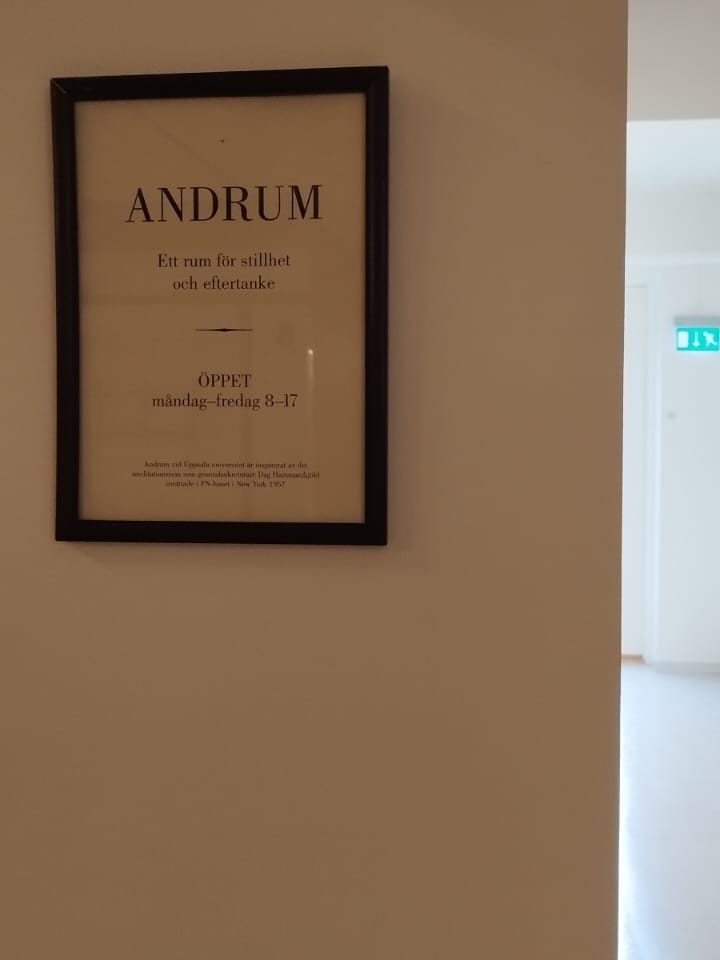
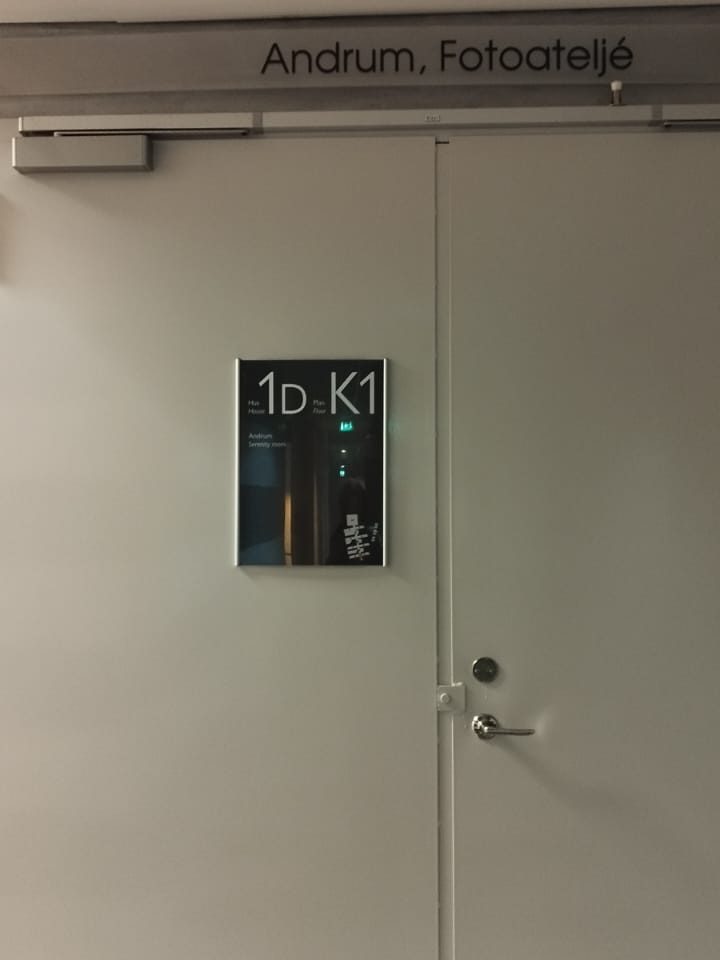
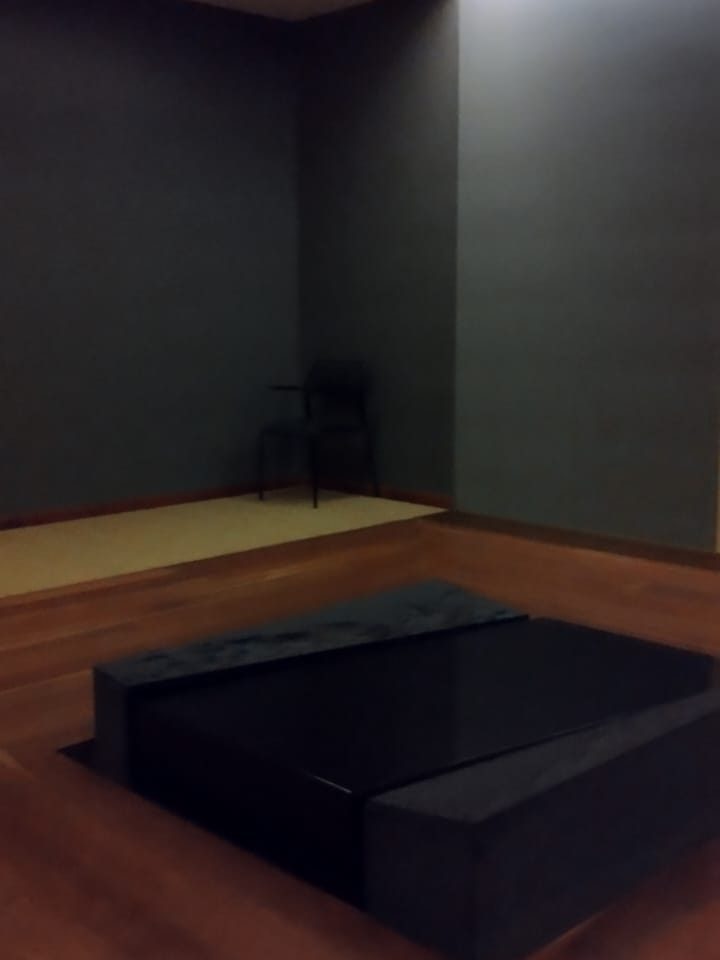
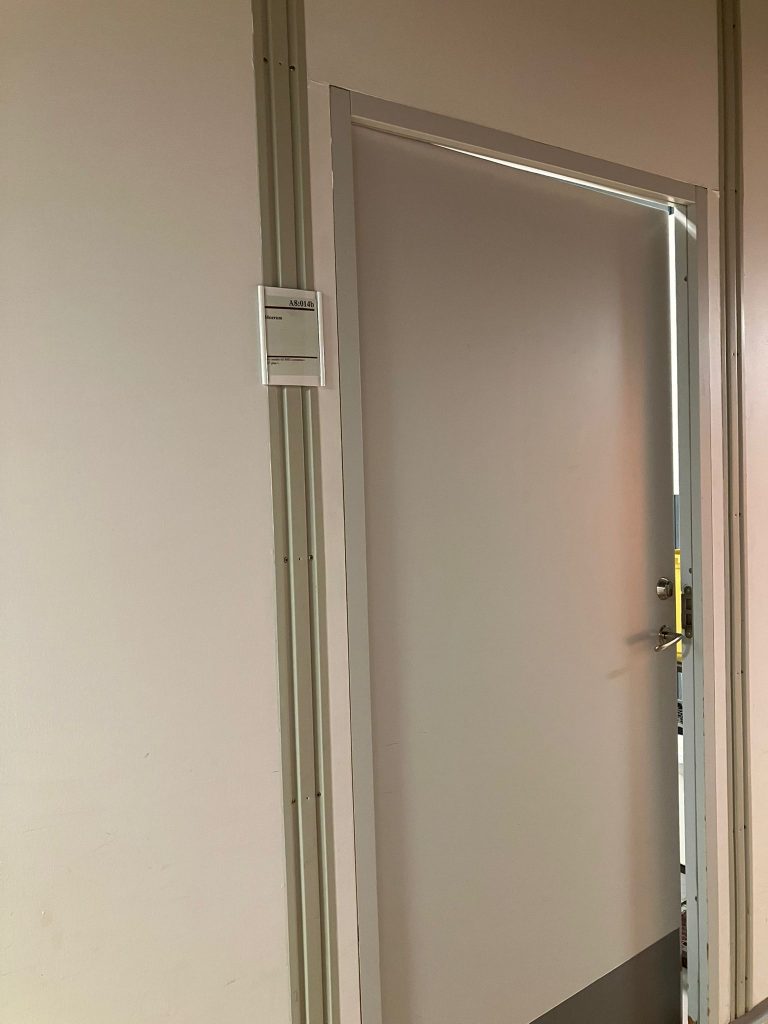
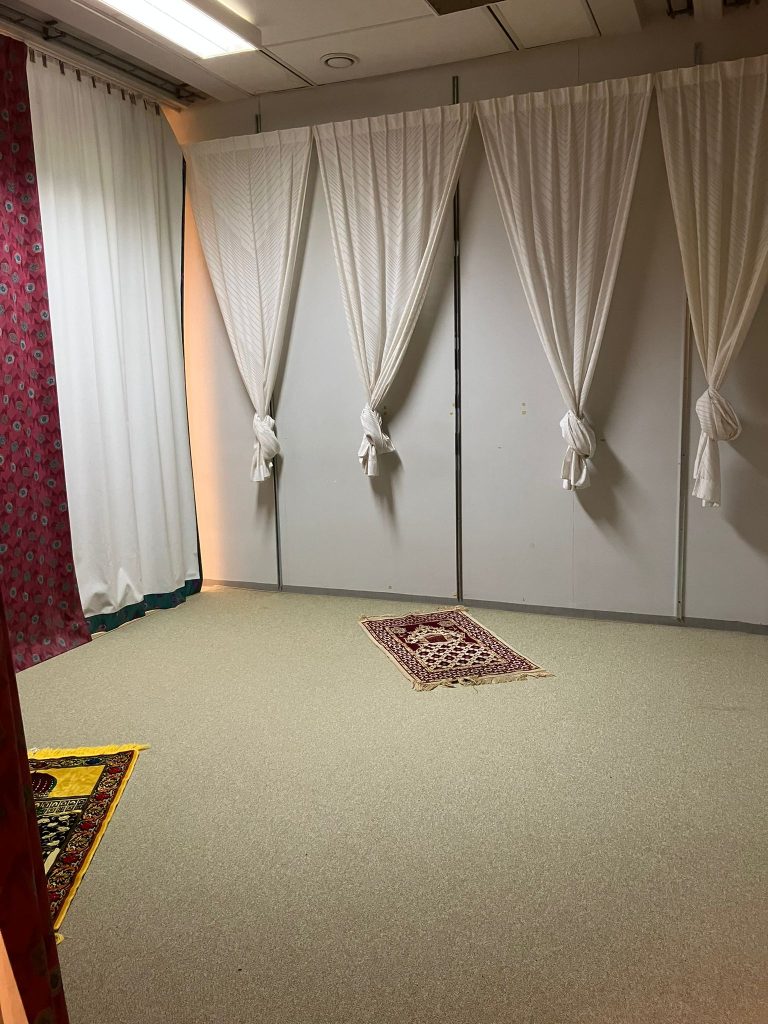
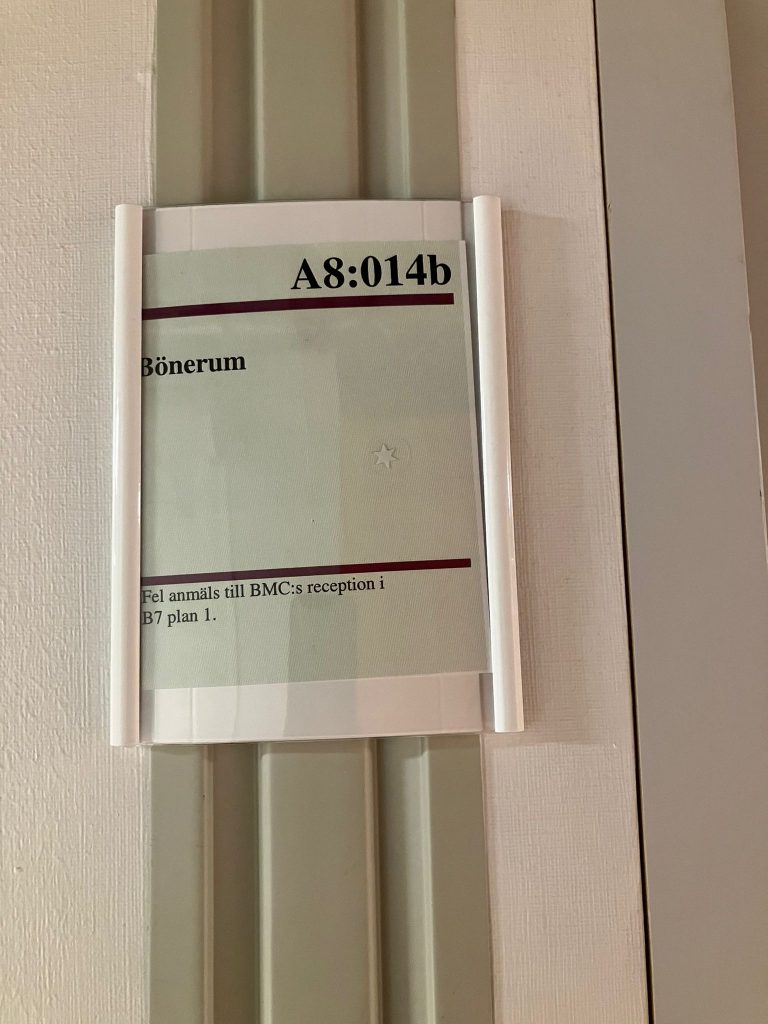
As for Friday prayer if heading to Uppsala Mosque too far, Ångströmlaboratoriet, Biomedicinska Centrum (BMC), and Akademiska Sjukhuset are some university buildings that host the prayer delivered in English. It is a great way to meet and interact with other fellow Muslim students from various disciplines in this way. Do not hesitate to ask for detailed directions from the student reception or check out the building map.
Muslim Community
There are not many official Muslim communities in Uppsala, but I suggest following some of them on Instagram and facebook group for any events and announcements. (Example: @uppsalamuslimskastudenter). The Uppsala Mosque also has a website that provides public events, charities, and daily community workers who will actively support and guide Muslims to be a natural part of Sweden.
There’s always a chance that you might encounter a Muslim friend in your own class or even in your nation. Sometimes I met new Muslim students from other courses and nationalities coincidently in the “Praying Room”. I always try to keep in touch with them just in case we might need each other through times during my stay here in Uppsala (Especially during Ramadhan month).
All being said, I hope that this could help in some way to give you a glimpse of living as a Muslim to adapt better in Uppsala. Despite being known as everyone respects any religion as we should respect others too.
Vi ses!

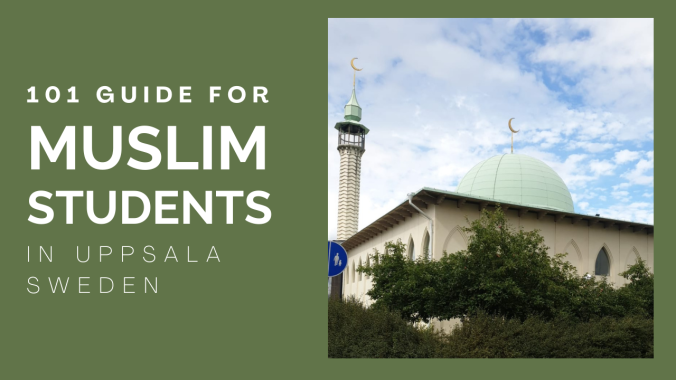
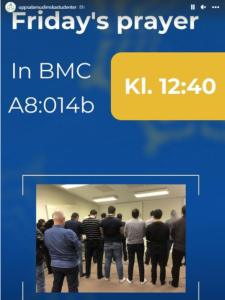

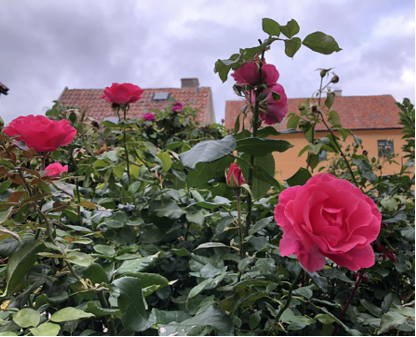
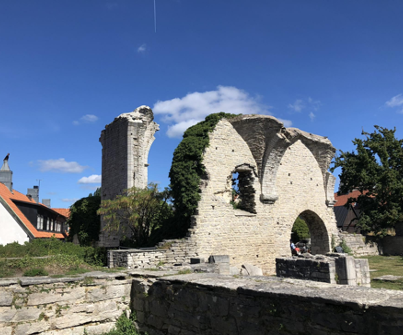
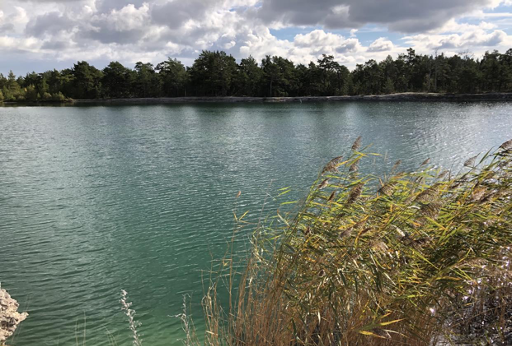
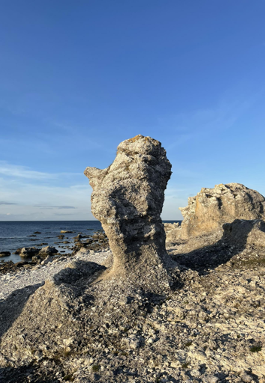
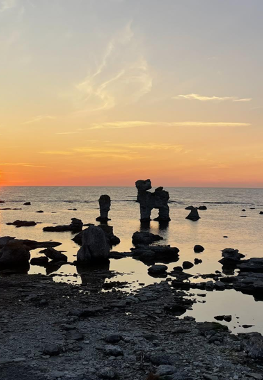
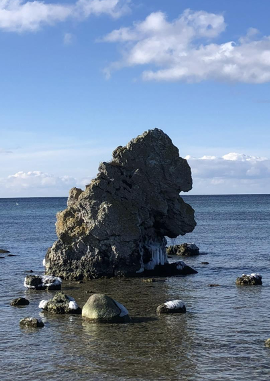
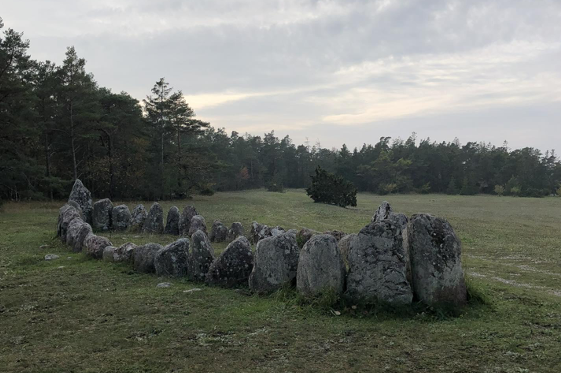

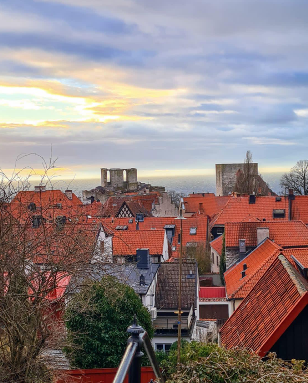
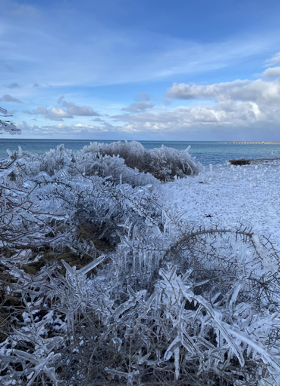

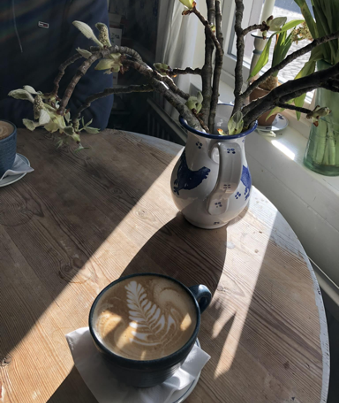

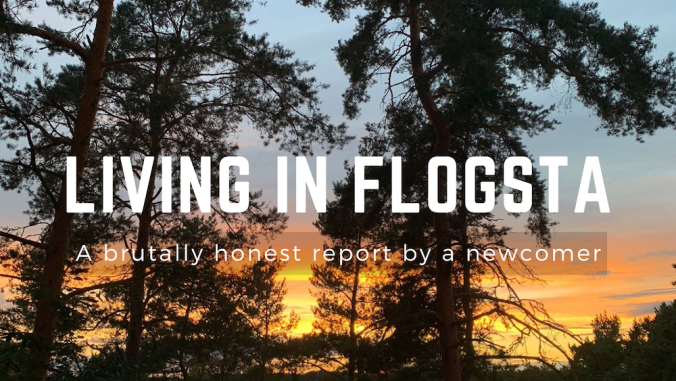
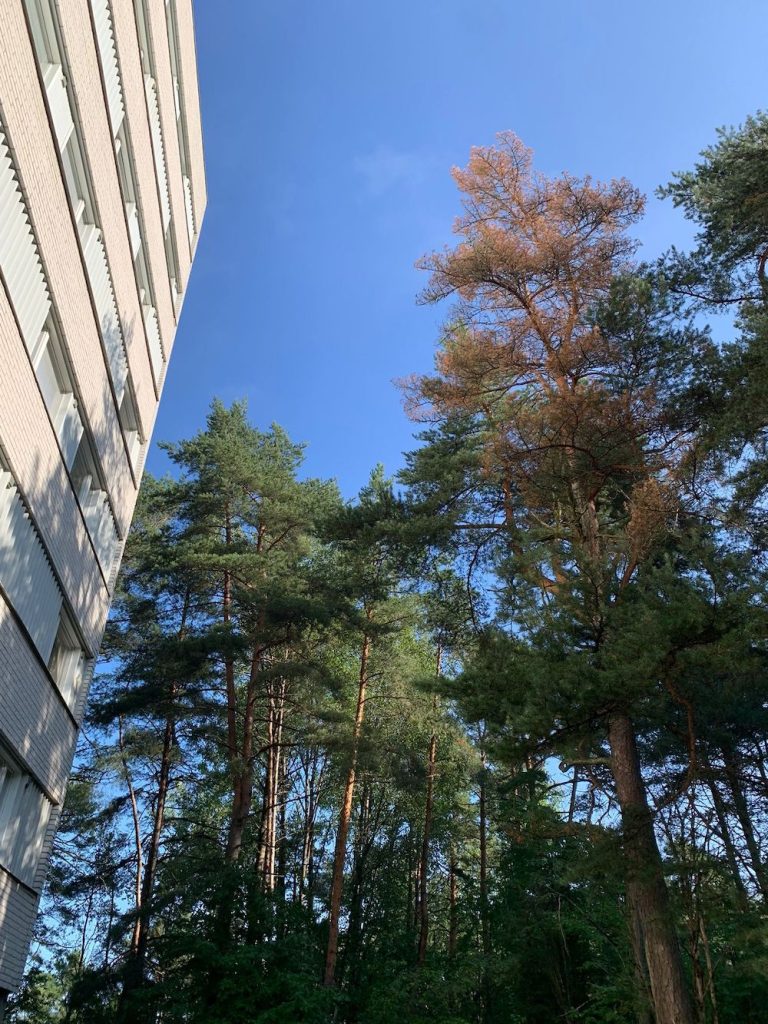
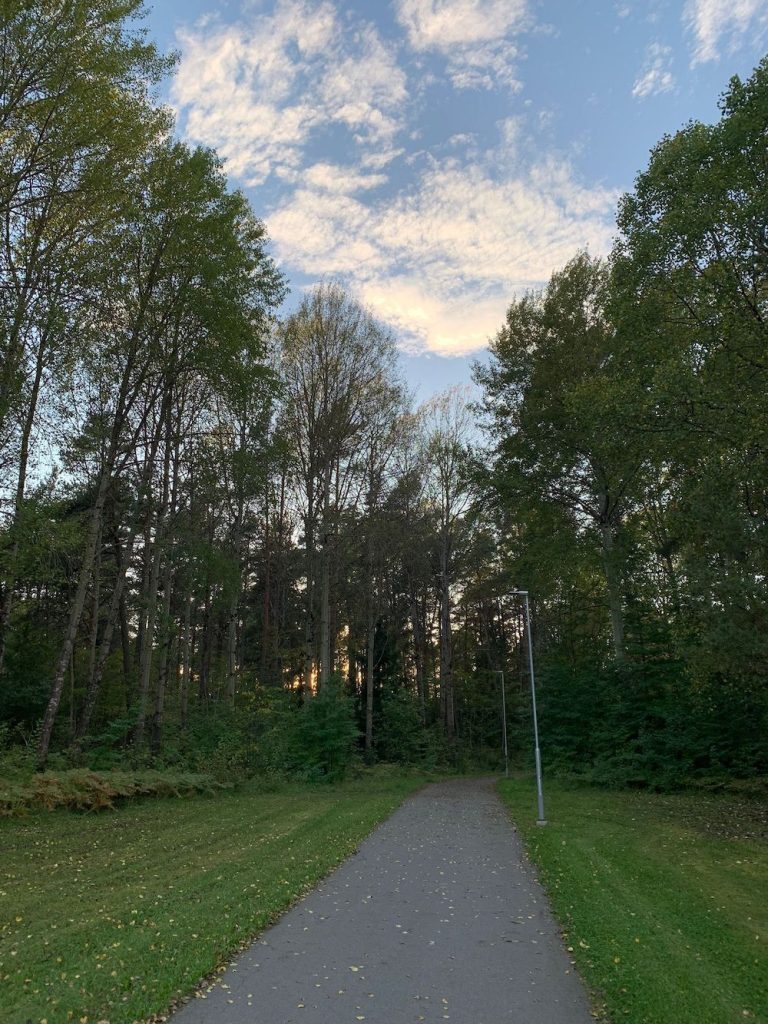
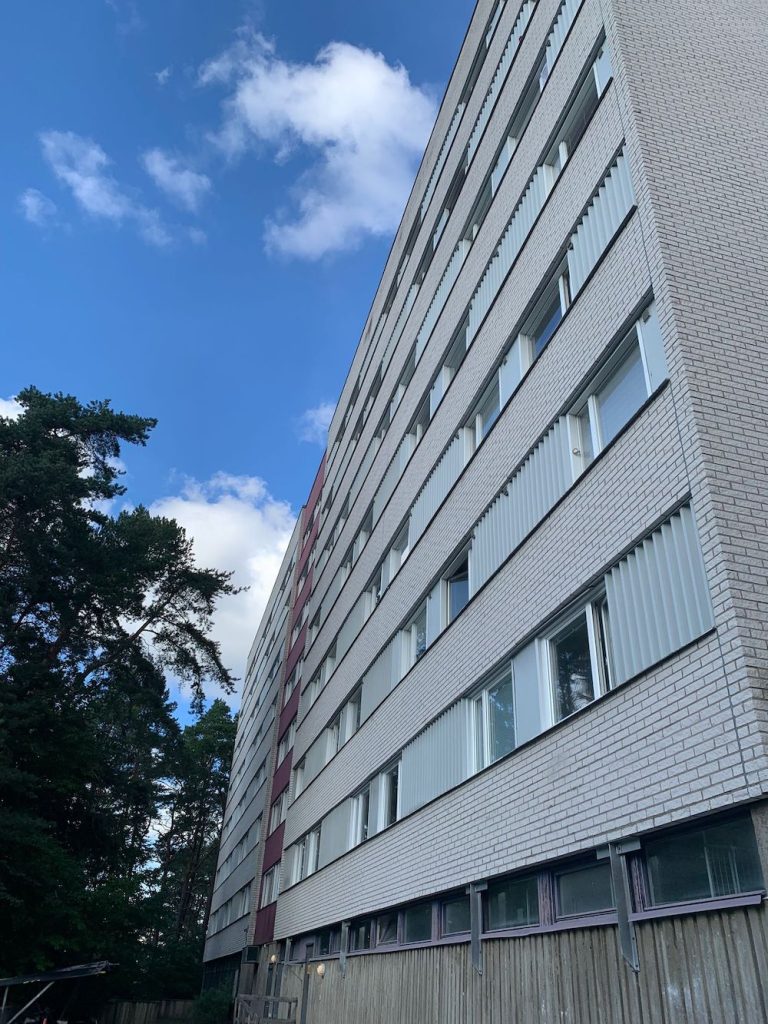
Recent Comments